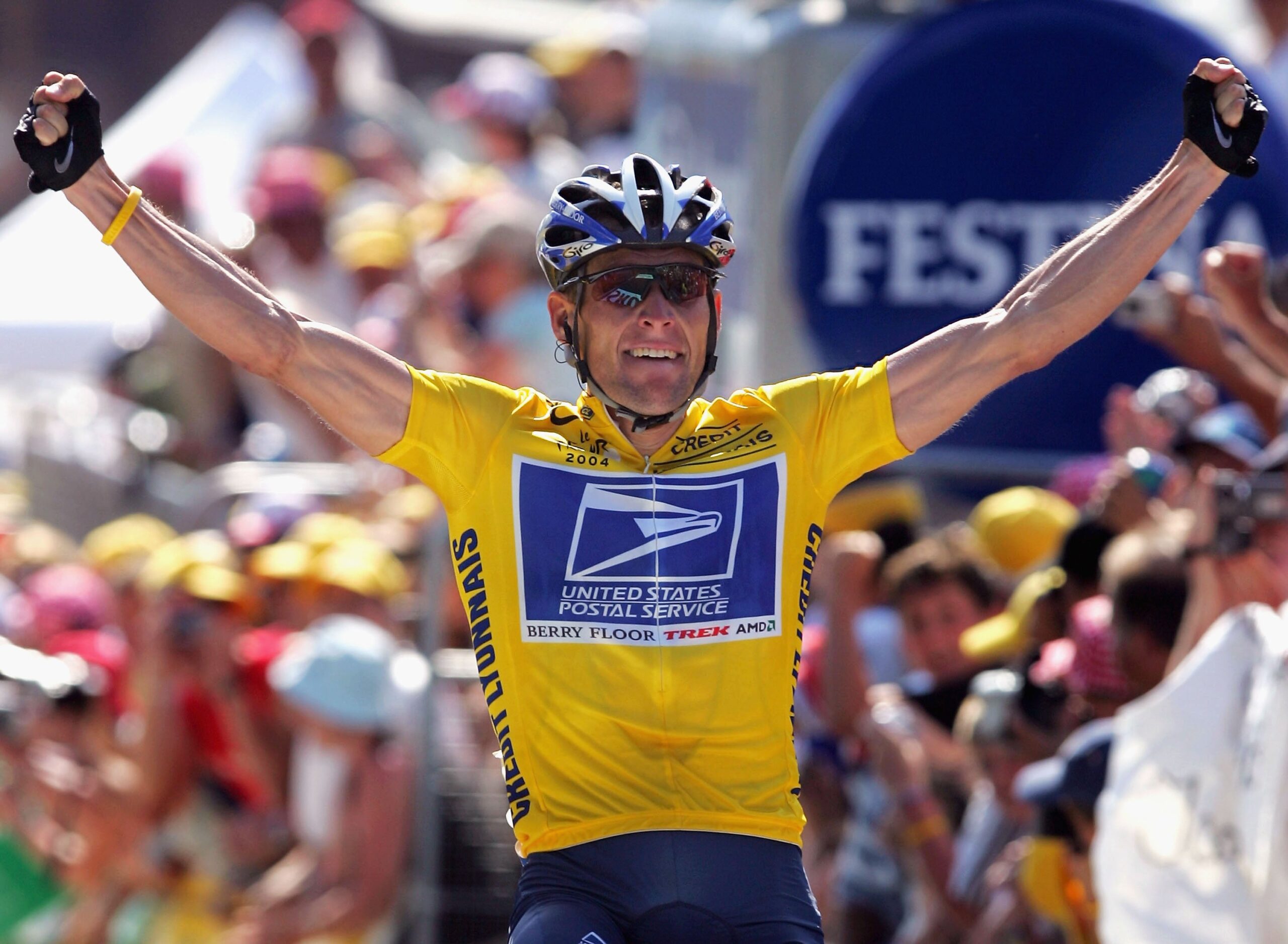In a recent interview on comedian Bill Maher's Club Random podcast, Lance Armstrong opened up about the methods he used to pass drug tests and secure his seven Tour de France victories.
Armstrong, who was later stripped of his titles and banned from cycling for life due to his extensive doping, shed light on how he managed to evade anti-doping testers for years.
Armstrong admitted that he relied on the short lifespan of performance-enhancing drugs in the bloodstream to stay one step ahead of the testers.
Despite eventually coming clean in a 2013 interview with Oprah Winfrey, Armstrong had spent years denying the allegations and paying the price for his prolific doping.
He even paid $5 million to the US government as part of a settlement following a $100 million federal indictment built on the testimony of whistleblowers, including his former teammate Floyd Landis.
Now 52 years old, Armstrong is known as a prominent media personality.
During his appearance on Maher's podcast, he revealed the tactics that kept him at the top of the sport for a decade.
Armstrong explained that although he didn't condone his actions, he never failed a drug test because he understood how to navigate the system.
He said, “You would foil the system.
What I always said, and I'm not trying to justify what I said as something I would want to repeat again, but one of the lines was, ‘I've been tested 500 times and I've never failed a drug test.'
That's not a lie.
That's the truth.
There was no way around the test.
When I provided a urine sample and they tested it, it passed.”
Armstrong went on to explain that certain substances, such as cannabis or anabolics, have longer half-lives, meaning they remain in the body for an extended period of time.
However, the substance that had the most significant impact on endurance sports, EPO, had a shorter half-life of only four hours.
This made it easier for Armstrong to pass the tests, as the drug would leave his system quickly.
He stated, “With EPO, which was the rocket fuel that changed not just our sport but every endurance sport, you have a four-hour half-life, so it leaves the body very quickly.
With a four-hour half-life, you can just do the math.”
Armstrong's revelations shed light on the complex strategies used by athletes to bypass anti-doping measures and gain































